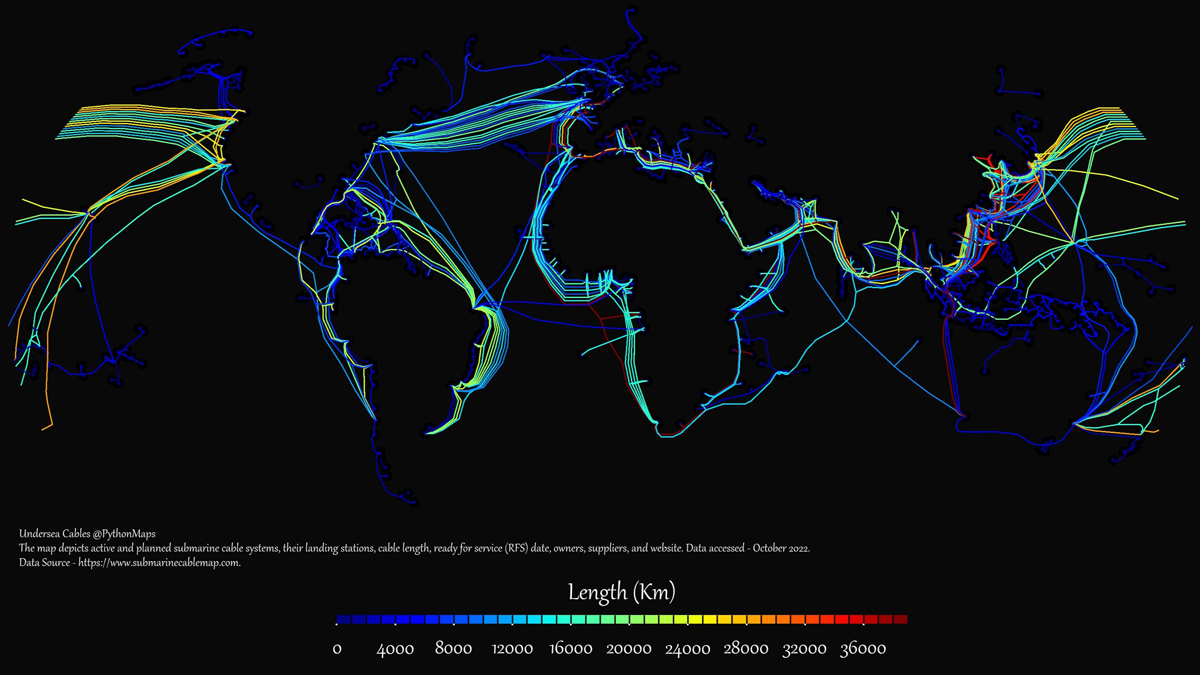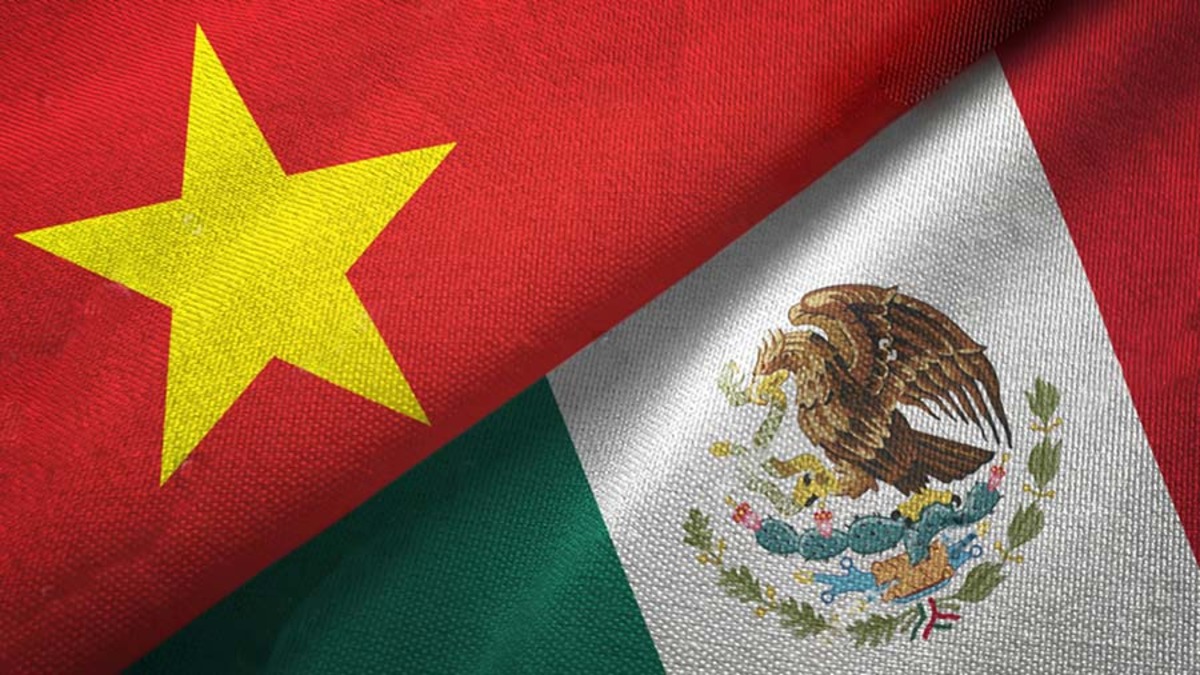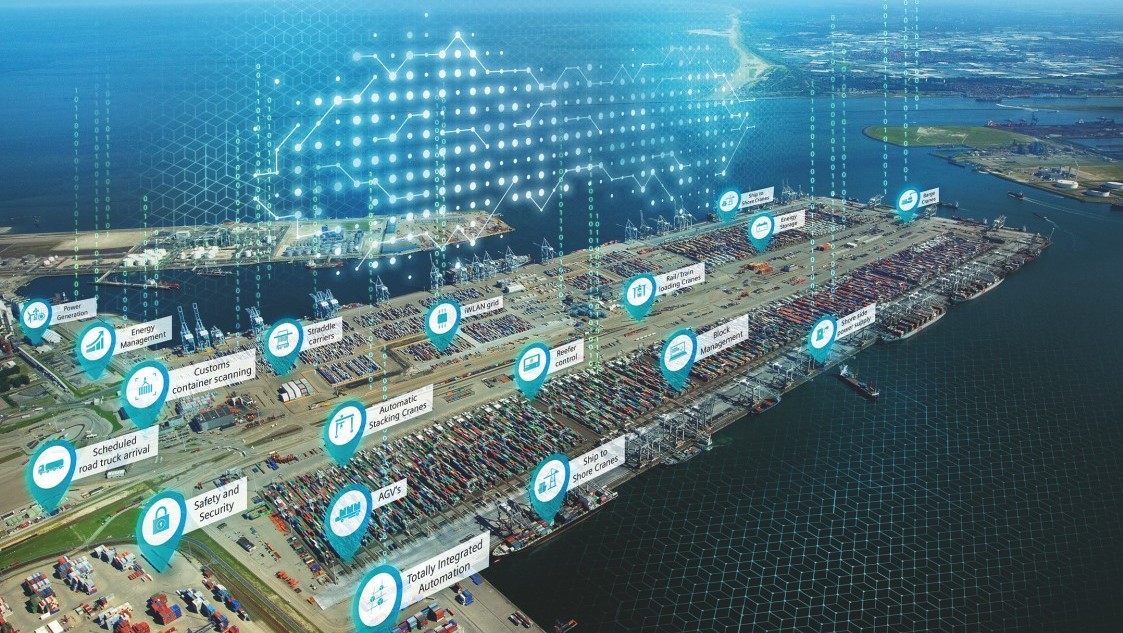Published 23 January 2024
History has much to teach us about the way trade contributes to prosperity through the movement of goods, services, people, and ideas. Today, data can be added to this web of inter-regional transactions. Yet, amidst a proliferation of trade agreements and other initiatives aimed at enhancing complex supply and value chains, there is one often-overlooked part of the world just waiting for a new trade and exchange corridor to be built: a trans-Pacific "Southern Link" between Oceania and Latin America.
No trip to the Asian Civilisations Museum in Singapore is complete without a visit to the Tang Shipwreck. The exhibit captures the essence of a profitable trading route between China and the Middle East which existed 1,000 years ago. What entrepreneurship, logistics, and financial systems were required to get highly prized ceramics produced all over China to faraway customers! Now, for four months until mid-March, the Museum will again focus on Asia’s extraordinary maritime trading heritage by highlighting the role of the Spanish galleons which plied the waves between Manila and Mexico – building trans-Pacific economic and cultural linkages hundreds of years before other iterations of trans-Pacific partnership were ever conceived.
These exhibits remind us not only of the power of trade to link and mutually enrich cultures through exchanges of people, goods, and ideas; they point also to the essential role of trade in building vibrant inter-regional economies. Fast forward to 2020 and the Covid pandemic showed us the opposite – ships waiting in the Waitematā Harbour in Auckland, New Zealand, were a sign not of trade vitality but of disruption. Suddenly, we Kiwis found we could no longer order something online and expect it to arrive within days. New Zealand, often thought of as the last bus stop on the planet, found itself at the end of a very long supply chain with inevitable consequences. The same thing worked in reverse – getting our export products to market became both a logistical nightmare and, as shipping rates soared, expensive.
To the outside observer, the concept of a supply chain may be something new. Shipwrecks and galleons remind us that this far from the case. In more recent times, a newer concept has also arisen: many products today are made not in one or perhaps two locations, but "made in the world". The iPhone was the early poster child of this business model, where the final product is made up of inputs sourced from all over the world, supplied "just in time", and the result of complex value chains.
For the best part of a decade, the Asia-Pacific Economic Cooperation forum (APEC) has spent much time discussing how to speed up the way components, known as "intermediate goods" (i.e., destined for assembly into finished products), moved around the planet. This work has picked up pace in the aftermath of the pandemic. The Comprehensive and Progressive Agreement on Trans-Pacific Partnership (CPTPP) seeks to build on APEC’s voluntary and non-binding work to incorporate a range of commitments aimed at increasing the speed and lowering the cost of cross-border goods trade. Those provisions will be reappraised as part of a review of CPTPP that was initiated by its 12 members at their recent meeting on the margins of APEC in San Francisco. The review’s Terms of Reference specifically reference "support(ing) global value chains, and strengthen(ing) supply chain resilience to help Members to withstand external shocks and disruption."1
The US-led Indo-Pacific Economic Framework for Prosperity (IPEF) also has "resilient supply chains" – also known as moving from "just in time" to "just in case" - in its focus. In May 2023, IPEF completed negotiations for its Supply Chain Pillar which was duly signed by all 14 member economies in San Francisco in November. This new agreement provides potentially useful collaborative mechanisms for participating economies to identify and monitor critical supply chains, discuss developments, and react, hopefully quickly, in times of crisis, such as was seen during the pandemic.
Where IPEF appears to fall down is in providing stronger and binding commitments which are the stuff of more ambitious trade agreements like CPTPP. Meetings of officials, however well-meaning, are unlikely to provide the level of practical reassurance and support required by companies moving goods across multiple jurisdictions. What is required are enforceable undertakings, subject to dispute settlement, and accompanied by actionable commitments prohibiting export and import bans, eliminating unnecessary and expensive tariffs and especially non-tariff barriers, as well as other binding commitments to keep supply chains open. These problems all sharpened during the pandemic, but they are by and large the sort of commitments that an increasingly trade-skeptical US administration appears no longer interested in addressing. "Just in case" risks giving way to "just in hope".
Meanwhile, the digital economy continues to transform trade: data is the new black (and green) and the undersea cable is the new galleon. Those cables carry the data that is exchanged in streaming services, facilitating e-commerce and financial transactions, and even performing your online health check. According to a graphic produced by online publisher Visual Capitalist, based on maps provided by the data scientist Adam Symington,2 these subsea cables carry 95% of international data transmissions. The accompanying article contains striking maps showing the network of cables criss-crossing the globe and points to significant growth in future investment in this web: "With data demand surging, at least $10 billion is expected to be invested in subsea cables worldwide between 2022 and 2024, driven by cloud service providers and content streaming platforms."
When it comes to mapping global supply and value chains, or the expansive and growing network of undersea cables, one region stands apart from this emerging land-and-seascape. The vast expanse of ocean between East Asia and the southwestern seaboard of South America remains largely underserved by modern trade routes, missing an opportunity for amplifying the connectivity between these opposite sides of the Pacific Rim.

Subsea cables carry 95% of international data transmissions through a network of cables criss-crossing the globe, but a vast expanse of the Pacific Ocean between East Asia and South America remains under-served in this web. (Graphic by Visual Capitalist)
The numbers point to some serious opportunity. Links between Asia and South America had been growing strongly prior to the pandemic. Now, with growing trade, tourism, e-commerce, and a new port being built in the Chancay port region of Peru, there are plans to significantly increase these intercontinental trade and investment ties. These developments offer a unique opportunity to strategically place New Zealand: despite having never before been seriously considered as a hub for travel or trade, New Zealand could well find itself at the midpoint of a new pathway of multi-modal inter-regional economic activity, whether by air, by sea, or even by undersea cable.
"Last, loneliest, loveliest" was how Rudyard Kipling once described New Zealand’s geographic position. As a paper prepared by economic and policy advisor David Skilling for the New Zealand Productivity Commission in December 2022 notes: "New Zealand’s economic geography and institutional context means that New Zealand has one of the most exposed supply chain positions across advanced economies... New Zealand’s physical remoteness means that New Zealand’s supply chains face unique physical connectivity risks, with long and thin servicing from shipping lines and airlines."3
Enter a bold new idea: the "Southern Link". It arises from a simple proposition, first explored in a conference in Auckland in June 2019: the fastest way to move goods and people between Asia and the southwestern seaboard of South America is via New Zealand. Yet, even as movement of people is increasing, there are no easily connecting flights. Broadly at the halfway point of the L-shape between Northeast Asia and southwestern Latin America, New Zealand, whether via Auckland or Christchurch, provides the shortest flight distance between certain Asian and South American cities, including important routes between Singapore, Kuala Lumpur, Shanghai, and Guangzhou, to and from Santiago, Buenos Aires, and farther afield. The Southern Link could help simplify e-commerce and traditional parcel post which criss-crosses the ocean between Asia and South America in ever-growing quantities.
While shipping links are more frequent, the main flow of goods passes across the Northern Pacific through US ports and down to South America. A project to install the Humboldt undersea cable running from Chile across the Pacific and onto Australia is also under development. New Zealand is also experiencing exponential growth in the construction of data centers around the country making this an attractive option for cloud storage for cloud computing.
In terms of tripartite cooperation, the Southern Link also feeds into the goal of deepening relationships across the Pacific, building on CPTPP and the Pacific Alliance, a regional integration initiative comprising Chile, Colombia, Mexico, and Peru. While there is reasonably good connectivity between Asia and New Zealand, boosting the connectivity between South America and New Zealand beyond what is currently available with added Asian volume and capacity could lead to a host of new connections and business opportunities in goods and services trade, e-commerce, tourism, and data flows.
Supply chains are the work of businesses, not governments. Governments can encourage (or discourage), facilitate (or obstruct), but business needs to build supply chains and make them work. Today’s supply chains are constantly evolving as business models change and adjust to new developments and pressures. Consumers are frustrated when our systems of exchange don’t work as they should. "I just want my PlayStation" was a refrain heard all over the world during the pandemic. The digital economy is having an impact. The need for speed and efficiency remains constant. Clearly, we need to work with what we have, but we also need to be alive to new ideas, just as when the first galleon made a splash on returning to Acapulco from the port of Manila in a single voyage.
***
[1] The full Terms of Reference may be found at https://www.mfat.govt.nz/assets/CPTPP/Terms-of-Reference-for-the-CPTPP-General-Review-November-2023.pdf, (accessed December 5, 2023)
[2] Adam Symington and Bruno Venditti: "Charting the Depths: The World of Subsea Cables" in The Visual Capitalist https://www.visualcapitalist.com/cp/charting-the-depths-the-world-of-subsea-cables/, September 22, 2023 (accessed December 5, 2023)
[3] David Skilling: "Supply chains to the last bus stop on the planet: An international perspective on strengthening New Zealand’s supply chain resilience", prepared for the NZ Productivity Commission, https://www.productivity.govt.nz/assets/Inquiries/resilience/Supply-chains-to-the-last-bus-stop-on-the-planet.pdf, December 2022 (accessed December 6, 2023)
© The Hinrich Foundation. See our website Terms and conditions for our copyright and reprint policy. All statements of fact and the views, conclusions and recommendations expressed in this publication are the sole responsibility of the author(s).






